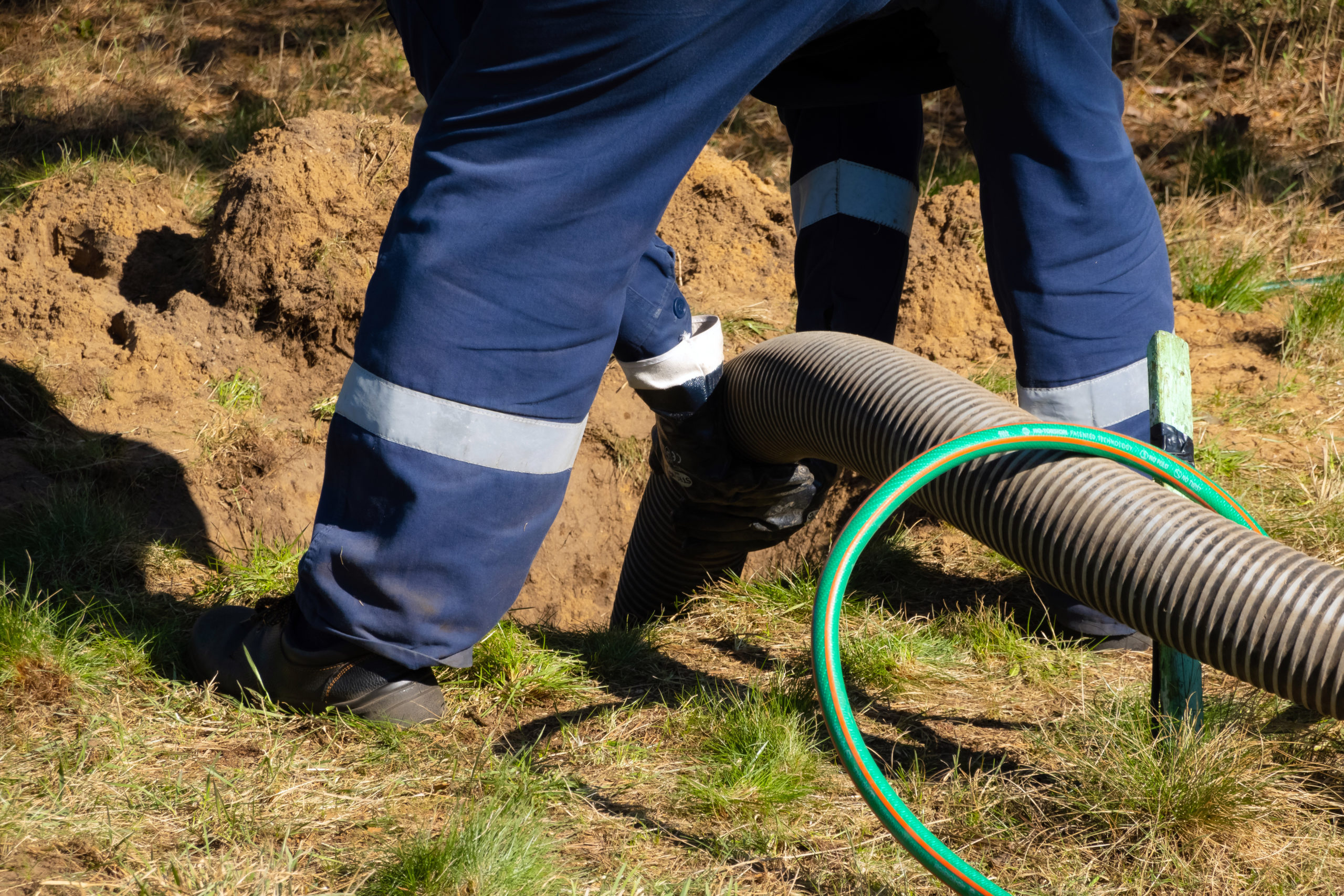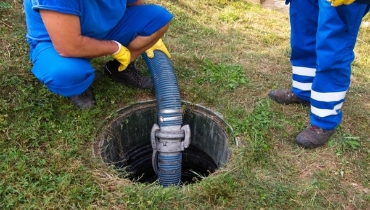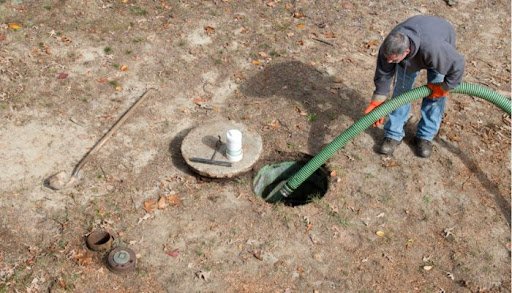About Stillwell Septic And Grading
About Stillwell Septic And Grading
Blog Article
Stillwell Septic And Grading Things To Know Before You Get This
Table of ContentsStillwell Septic And Grading Fundamentals ExplainedThe 10-Second Trick For Stillwell Septic And GradingSome Known Facts About Stillwell Septic And Grading.An Unbiased View of Stillwell Septic And GradingThe Stillwell Septic And Grading Diaries10 Simple Techniques For Stillwell Septic And GradingStillwell Septic And Grading for Dummies
In general, sewage-disposal tank setup is an intricate process that requires careful preparation and implementation. Property owners need to deal with a credible installation team and know neighborhood policies and needs to ensure that their septic tank functions appropriately for several years to come. After the septic storage tank has actually been set up and connected to the drain field, it is time to backfill the area.The backfill product should be devoid of clods, big rocks, frozen matter, and debris that can cause voids in the backfill that may allow working out with time. Crushed rock or pea crushed rock 1/2-inch in size is preferred if indigenous materials are not ideal. When the backfilling is complete, it is time to landscape the area.
As soon as the septic system has actually been installed, it is important to evaluate it to make certain that it is working properly (Septic Tank Repairs). https://triberr.com/stillwellsag. Checking the system entails checking for leakages, ensuring that the storage tank is at the suitable level, and taking a look at the drainpipe field. One of one of the most common tests performed is the hydraulic lots examination
The Only Guide for Stillwell Septic And Grading
The water is then kept an eye on to make certain that it streams appropriately with the pipes and into the drainpipe area. If the water does not move appropriately or supports into the container, it may indicate a trouble with the system. Another test that is generally carried out is the dye test.
The color is then checked to make sure that it flows properly through the pipelines and into the drain area. If the dye does not stream correctly or shows up in the wrong place, it might suggest a problem with the system. It is necessary to have an expert execute these examinations to make sure that they are done appropriately.

The Best Guide To Stillwell Septic And Grading
Right here are some important suggestions for house owners to maintain their septic tank: The ordinary home septic system need to be evaluated at the very least every three years by a septic solution expert. The frequency of pumping depends on the size of the tank and the number of individuals using it. https://www.awwwards.com/stillwellsag/. A general guideline is to pump the tank every 3 to 5 years
Utilizing water-efficient fixtures and home appliances, such as low-flow showerheads and bathrooms, can reduce water use and assist the septic system work extra effectively. Only flush toilet tissue and human waste down the bathroom. Stay clear of purging anything else, including feminine health items, child wipes, and cooking grease, as they can clog the system.
See This Report on Stillwell Septic And Grading
Septic system setup is a complex process that needs careful planning and execution. Property owners have to know the necessary actions associated with the installation process to make certain that their septic tank works appropriately and successfully. The very first step is to review the website where the septic system will certainly be set up.
As soon as the site has actually been reviewed, the following action is to prepare for the installation. House owners need to make sure that their professional is experienced in septic container installment and will work alongside them throughout the procedure.
How Stillwell Septic And Grading can Save You Time, Stress, and Money.

Home owners should be mindful of the required steps involved in the installation procedure to make sure that their septic system works properly and efficiently. By following these actions and maintaining their system, property owners can feel confident that their septic system will supply trustworthy wastewater therapy for numerous years ahead.
Almost one in 5 U.S. homes have septic tanks. Yours may be just one of them. If you're not appropriately preserving your septic system, you're not only hurting the atmosphere, you're placing your family's wellness at riskand might be purging thousands of bucks away! Do Your Part, Be SepticSmart: The Do's and Do n'ts of Your Septic System.
A Biased View of Stillwell Septic And Grading

All that additional water can truly strain your septic system. Stagger making use of water-generating appliances. This can be handy specifically if your system has not been pumped in a long period of time. End up being a lot more water reliable by taking care of pipes leaks and take into consideration installing washroom and kitchen area faucet aerators and water-efficient items.
The Ultimate Guide To Stillwell Septic And Grading
Know your system's place. When you have the container pumped, attract a representation or map showing its location in connection with dealt with points - corners of the home, actions, or fence messages. Ask the pumper to help you find the drainfield. Note its area on your diagram, in addition to the location of your drinking water well.
Minimize the quantity of wastewater that must be treated and disposed of by your system: Wash no more than one or two loads of clothing daily. Up to 53 gallons of water flooding your septic system with each load, so it's best to spread out washing out over the week.
Report this page